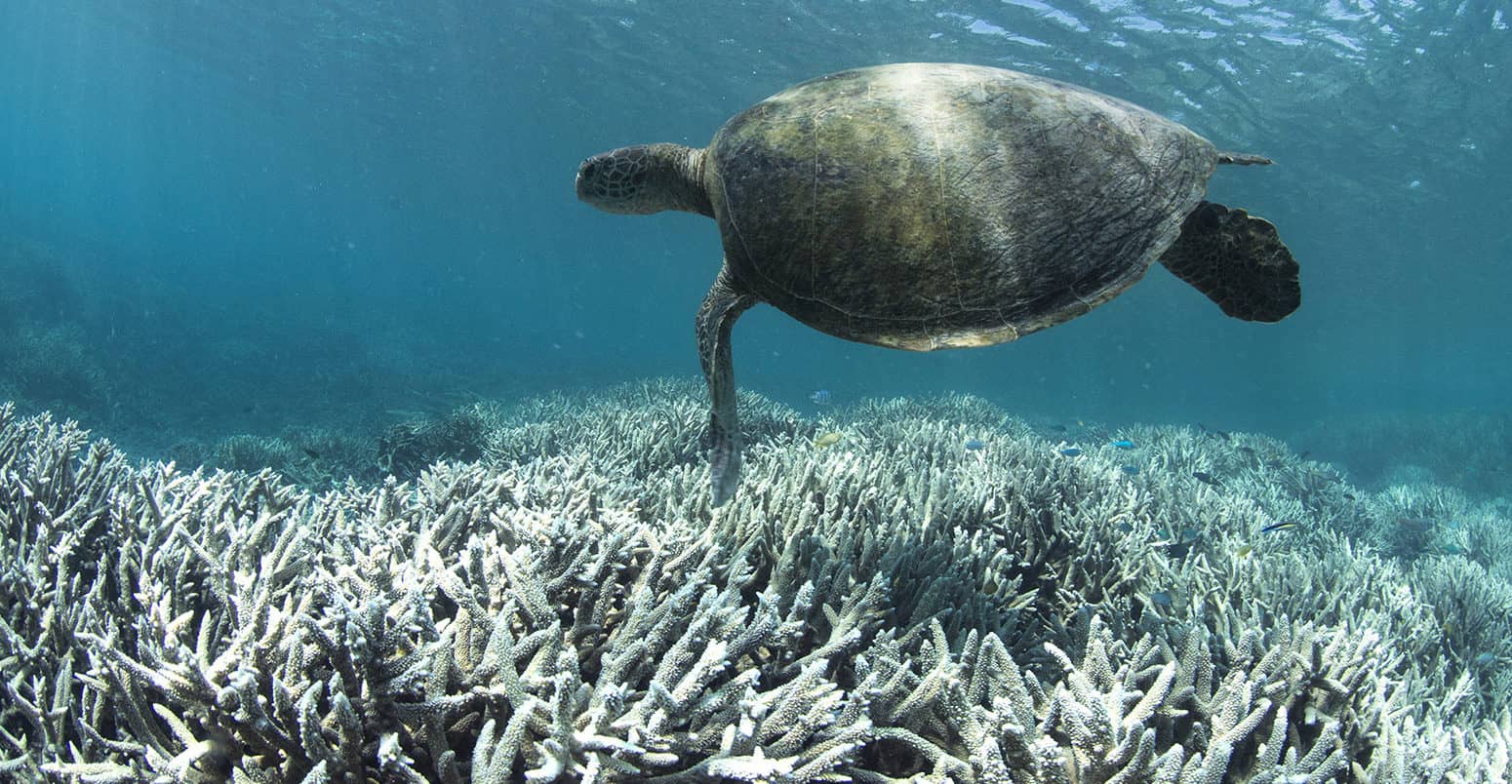The World Meteorological Organisation (WMO) has declared the first “Triple-Dip” La Niña of the century with stronger winds, higher sea-levels and warmer oceans as possible impacts of the event.
This is the third La Niña event since 2020 with the public advised to continuously monitor messages and warnings from local weather offices as a La Niña event is underway.
La Niña is one of the phases of the El Niño Southern Oscillation (ENSO) and refers to the large-scale cooling of the ocean surface temperatures in the central and/or eastern equatorial Pacific Ocean, coupled with changes in the tropical atmospheric circulation, particularly winds, pressure and rainfall, SPC says.
The WMO’s Pacific Regional Climate Centre Network has advised Pacific countries to prepare for associated impacts resulting from changes to the ocean conditions during this event.
The Pacific Community’s (SPC) Coordinator Applied Ocean Science, Zulfikar Begg explains that during a La Niña event, the easterly trade winds become stronger than average and pushes the warmer surface water further westwards. This allows the deeper cooler water to surface and to extend towards central equatorial Pacific resulting in cooler than normal ocean conditions from central equatorial towards the east. The La Niña phenomenon causes the sea surface temperature to be warmer than average and the sea level to be higher than normal in the western Pacific.
“Changes to ocean conditions due to La Niña impacts marine ecosystems and increases the possibility of coral bleaching in areas experiencing prolonged heat stress. Coral bleaching were experienced in the previous two years at Papua New Guinea, Solomon Islands, and the Coral Triangle. Heat stress could potentially lead to fish kills and impact aquaculture and pearl farming. The movement of Western Pacific Warm Pool also impacts the movement of pelagic fisheries. As was experienced last year, countries in the western Pacific could experience coastal flooding during high tides as the sea level is expected to be higher than normal. Flooding could be exacerbated by a combination of higher than normal sea level, storm surges, tides and waves,” states Begg.
La Niña was recently declared as being underway by WMO, the Bureau of Meteorology, Australia and the National Oceanic and Atmospheric Administration of the United States. The Bureau of Meteorology’s Pacific Climate Science expert, Dr Simon McGree explains that the Bureau uses a rigorous criterion to monitor and declare ENSO events.
“For an ENSO event to be declared, it must meet 3 out of 4 criteria based on ocean and atmospheric phenomenon. This allows the Bureau to monitor the evolution of ENSO and provide guidance to the Pacific accordingly. Models indicate that this La Niña event may peak towards the end of 2022 and return to neutral conditions in early 2023,” said McGree.
